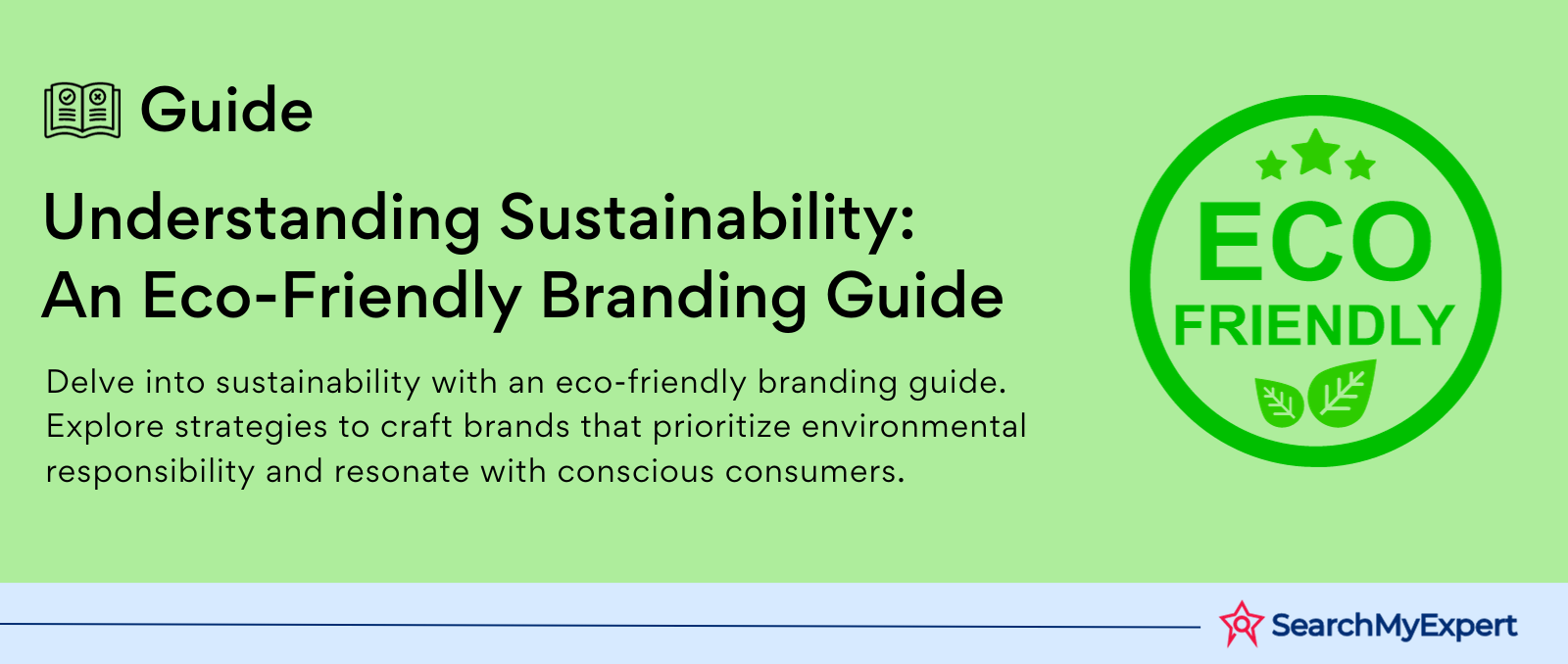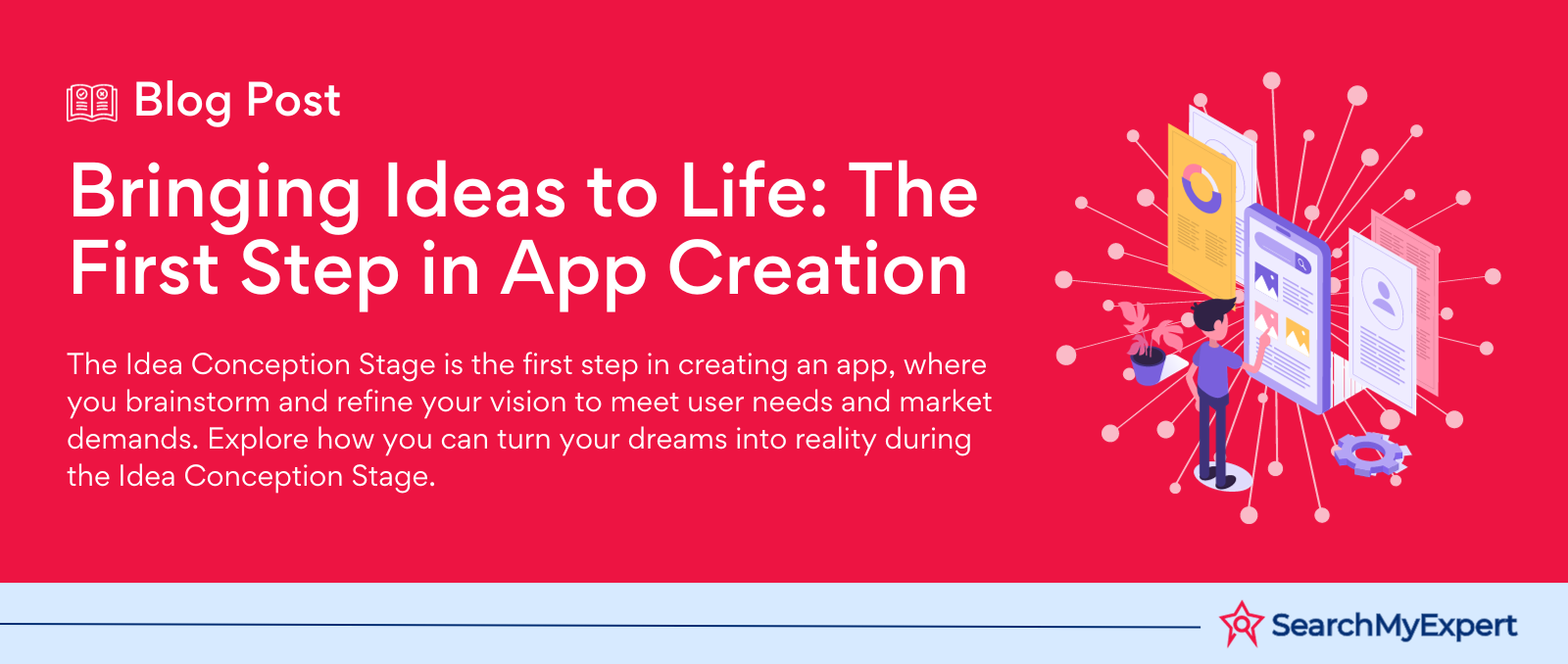Understanding Sustainability: An Eco-Friendly Branding Guide

Understanding Sustainability and Eco-Friendly Values
Defining the Core Principles of Sustainability and Eco-Friendliness
Sustainability and eco-friendliness are not just buzzwords; they're vital principles guiding today's businesses towards a greener future. So, what do these terms truly mean?
- Sustainability refers to meeting our present needs without compromising future generations' ability to meet their own. It's a balance between economic, social, and environmental health.
- Eco-friendliness, on the other hand, focuses on actions and products that cause minimal environmental harm.
Three Pillars of Sustainability:
- Environmental Conservation: Protecting natural resources and reducing carbon footprints.
- Social Responsibility: Ensuring fair labor practices and community engagement.
- Economic Viability: Achieving profitability while adhering to sustainable practices.
Analyzing Your Brand's Sustainability Commitments
Your brand's sustainability journey is unique. Here's how to analyze it:
- Assess Current Practices: Look at your operations, supply chain, and products.
- Set Realistic Goals: Based on your assessment, set achievable sustainability targets.
- Communication is Key: Clearly articulate your commitments to stakeholders.
Best Practices:
- Adopting renewable energy sources.
- Reducing waste and promoting recycling.
- Ensuring fair trade and ethical sourcing.
Identifying Your Target Audience and Their Eco-Conscious Preferences
Understanding your audience's eco-conscious preferences is crucial:
- Market Research: Conduct surveys and focus groups to understand their values.
- Segmentation: Differentiate between eco-activists, casual green consumers, and skeptics.
- Tailoring Your Message: Customize your communication to resonate with each segment.
Key Takeaways:
- Eco-activists prefer transparency and authenticity.
- Casual green consumers are swayed by convenience and cost-effectiveness.
- Skeptics need factual and straightforward information.
Researching Eco-Friendly Design Elements
Exploring Visual Motifs Representing Nature, Recycling, and Renewable Energy
Visual motifs are powerful symbols that convey the essence of eco-friendliness and sustainability. Here's what to look for:
- Nature Motifs: Trees, leaves, water, and animals symbolize life and natural cycles.
- Recycling Symbols: The universal recycling logo or circular arrows represent sustainability.
- Renewable Energy Icons: Wind turbines, solar panels, and water mills denote clean energy.
Studying Color Palettes Associated with Sustainability and Environmental Awareness
Colors evoke emotions and convey messages. For eco-friendly designs, consider these:
- Green: The quintessential color of nature, symbolizing growth and harmony.
- Blue: Represents purity and water, essential for life.
- Brown and Earth Tones: Convey organic and grounded feelings, linking directly to the earth.
Color Combinations:
- Green and Brown: Earthiness and nature.
- Blue and White: Cleanliness and air.
- Yellow and Green: Sunshine and energy.
Analyzing Successful Eco-Friendly Logos from Various Industries
Logos are the face of a brand's commitment to sustainability. When analyzing them:
- Look for Simplicity: Effective eco-logos are often simple and memorable.
- Symbolism: Identify how they use shapes and symbols to convey eco-friendly messages.
- Industry Variations: Notice how different industries adapt eco-friendly elements to fit their niche.
Case Studies:
- Renewable Energy Companies: Often feature suns and leaves.
- Eco-Friendly Products: Use minimalistic designs and green colors.
- Conservation Organizations: Incorporate animals and natural landscapes.
Brainstorming and Concept Development
Generating Creative Ideas Aligned with Brand and Environmental Values
Brainstorming is the key to unlocking creative, sustainable design solutions. Here's a strategy:
- Mind Mapping: Start with your core values (sustainability, eco-friendliness) and branch out.
- Inspiration from Nature: Look to the natural world for shapes, patterns, and principles.
- Stay True to Your Brand: Ensure that your ideas resonate with your brand's identity and mission.
Sketching Rough Logo Concepts
The initial sketches are where your ideas take visual form. Focus on:
- Natural Shapes and Organic Forms: Use curves, waves, and asymmetrical designs found in nature.
- Subtle Symbolism: Integrate symbols that represent sustainability, like leaves or water droplets.
- Color Consideration: Use eco-friendly color palettes in your sketches to see how they interact.
Incorporating Recycled Materials and Sustainable Printing Practices
Your commitment to sustainability can extend to the materials and processes used:
- Recycled Materials: Use paper or fabrics made from recycled or sustainable sources.
- Eco-Friendly Inks: Opt for soy or vegetable-based inks, which are less harmful to the environment.
- Sustainable Printing Practices: Choose printers that follow eco-friendly practices and have sustainability certifications.
Considerations for Final Design:
- Durability: Ensure that the materials used are durable and long-lasting.
- Cost-effectiveness: Balance eco-friendliness with cost, aiming for an affordable yet sustainable solution.
- Brand Consistency: The final design should be in harmony with your overall brand image.
Choosing the Right Visual Symbol
Selecting a Logo Icon That Resonates
The right logo icon can make your brand instantly recognizable. Here's how to pick one:
- Clarity and Memorability: Choose a design that is easy to understand and remember.
- Audience Resonance: The icon should speak directly to your target audience's values and preferences.
- Symbolic Meaning: Ensure the icon symbolizes your commitment to sustainability and eco-friendliness.
Balancing Simplicity with Effectiveness
Simplicity in design can be powerful. Achieve this balance by:
- Minimalistic Approach: Avoid cluttered or overly complex designs.
- Focus on Key Elements: Emphasize the most important aspects of your brand.
- Test for Versatility: The symbol should be effective across various mediums and sizes.
Reflecting Your Brand's Personality and Sustainability Focus
Your logo should be a mirror of your brand's identity:
- Brand Personality: Align the design with the tone and character of your brand.
- Specific Sustainability Focus: If your brand focuses on specific eco-aspects (like renewable energy or conservation), make sure the logo reflects this.
- Incorporate Brand Colors: Utilize your eco-friendly color palette to reinforce brand recognition.
Typography and Color Selection
Choosing Eco-Friendly Fonts
The right font is crucial for conveying your brand's message. Here's what to consider:
- Readability: Ensure the font is legible across different mediums and sizes.
- Versatility: The font should work well in various contexts, from digital to print.
- Complementing the Logo: The font style should harmonize with your logo's design.
Opting for Nature-Evoking Color Palettes
Colors are not just visual elements; they communicate feelings and ideas:
- Nature-Inspired Colors: Greens, blues, and earth tones symbolize nature and growth.
- Psychological Impact: Choose colors that evoke a sense of calm, balance, and harmony.
- Consistency Across Branding: Use the same color palette throughout your branding for cohesion.
Avoiding Toxic or Unsustainable Inks and Printing Methods
Your commitment to sustainability extends to your choice of materials:
- Eco-Friendly Inks: Choose soy or vegetable-based inks over petroleum-based options.
- Sustainable Printing Methods: Opt for printers that use renewable energy and sustainable practices.
- Digital-First Approach: Consider a digital-first strategy to reduce print material usage.
Testing and Refinement
Presenting Your Logo Design for Feedback
Feedback is crucial for refining your logo. Here’s how to approach it:
- Diverse Audience: Present the logo to a range of individuals, including potential customers, designers, and stakeholders.
- Structured Feedback: Create surveys or focus groups to gather structured opinions.
- Open to Critiques: Be receptive to constructive criticism and suggestions.
Adjusting and Refining the Design
Use the feedback to make your logo even better:
- Incorporate Suggestions: Modify your design based on the most common feedback.
- Balance is Key: Ensure you maintain a balance between your vision and audience input.
- Iterative Process: Refinement is an ongoing process; be prepared for multiple iterations.
Ensuring Scalability and Versatility
A great logo works well across various mediums:
- Scalability: Test your logo in different sizes, from small digital icons to large banners.
- Adaptability: Ensure the logo is effective in both digital and print formats.
- Consistency Across Platforms: The logo should be recognizable and consistent across all brand touchpoints.
Implementation and Sustainability Efforts
Integrating the Finalized Logo into Branding Materials
Once your logo is finalized, it's time to make it the face of your brand:
- Consistent Branding: Apply the logo across all marketing assets – website, social media, business cards, and more.
- Branding Guidelines: Develop guidelines to ensure consistency in logo use, including size, placement, and color.
Communicating Commitment to Sustainability
Your logo is just the start of your sustainability story:
- Transparent Practices: Regularly share your sustainable practices and initiatives with your audience.
- Engagement and Education: Use platforms to educate and engage with your customers about sustainability.
- Partnerships and Collaborations: Join forces with other eco-friendly brands or organizations to amplify your impact.
Eco-Friendly Printing and Production Methods
Be mindful of how your branding materials are produced:
- Sustainable Materials: Use recycled or eco-friendly materials for printing your marketing assets.
- Green Printing Techniques: Choose printers that practice sustainable methods and use eco-friendly inks.
- Digital Alternatives: Whenever possible, opt for digital formats to reduce your environmental footprint.
Conclusion
Throughout our journey, we've explored the multifaceted approach to creating a sustainable brand identity. From understanding the core principles of sustainability and eco-friendliness to the practical steps of designing and implementing an eco-friendly logo, we've seen how each element plays a crucial role in shaping a brand that's not only visually appealing but also responsible and forward-thinking.
Forge a unique identity with Logo Design Firms.
share this page if you liked it 😊
Other Related Blogs

Mastering Docker for App Development: A Comprehensive Guide to Benefits, Use-Cases, and Alternatives
STAY UP TO DATE
GET PATH'S LATEST
Receive bi-weekly updates from the SME, and get a heads up on upcoming events.
Contact Us











